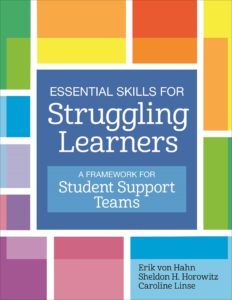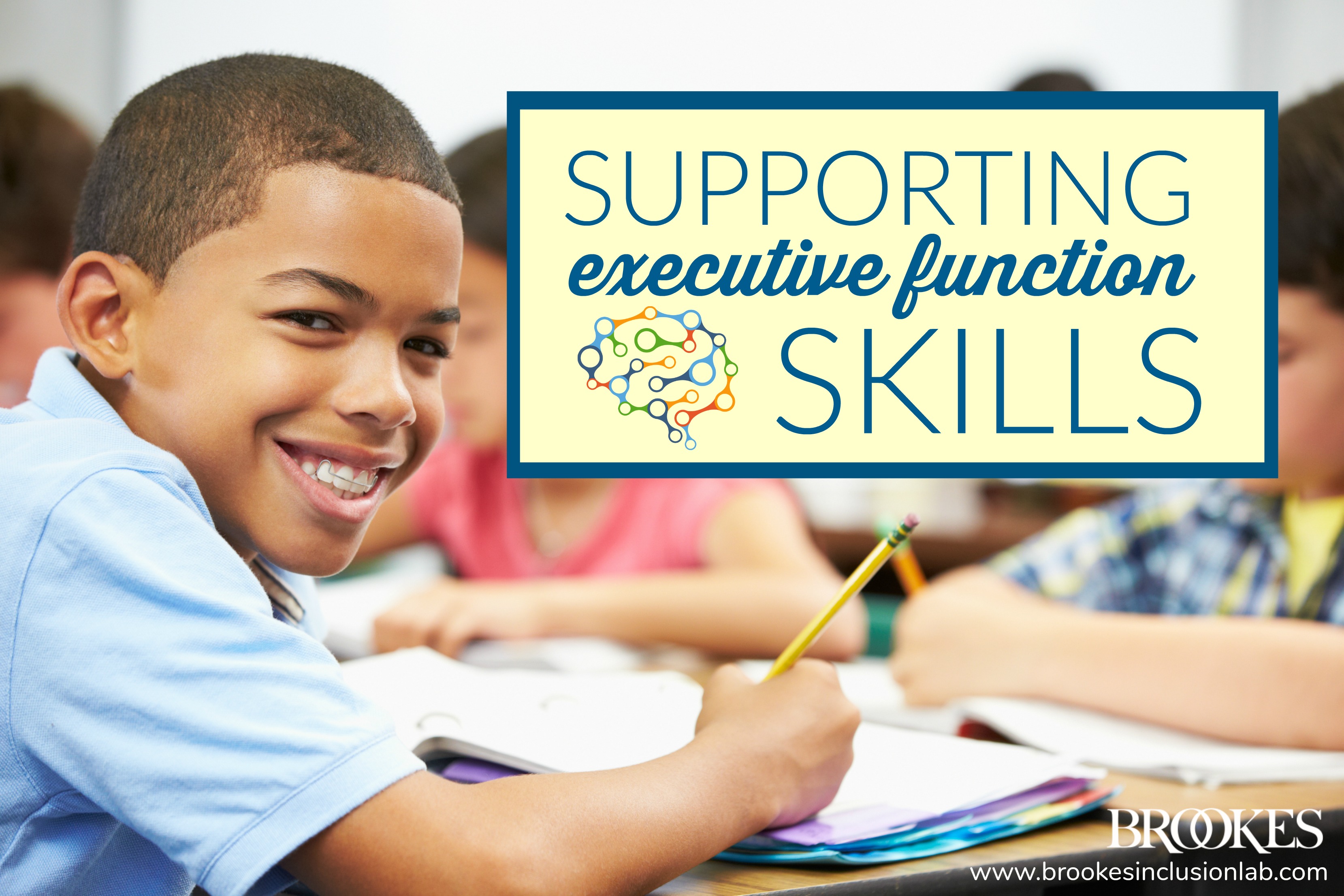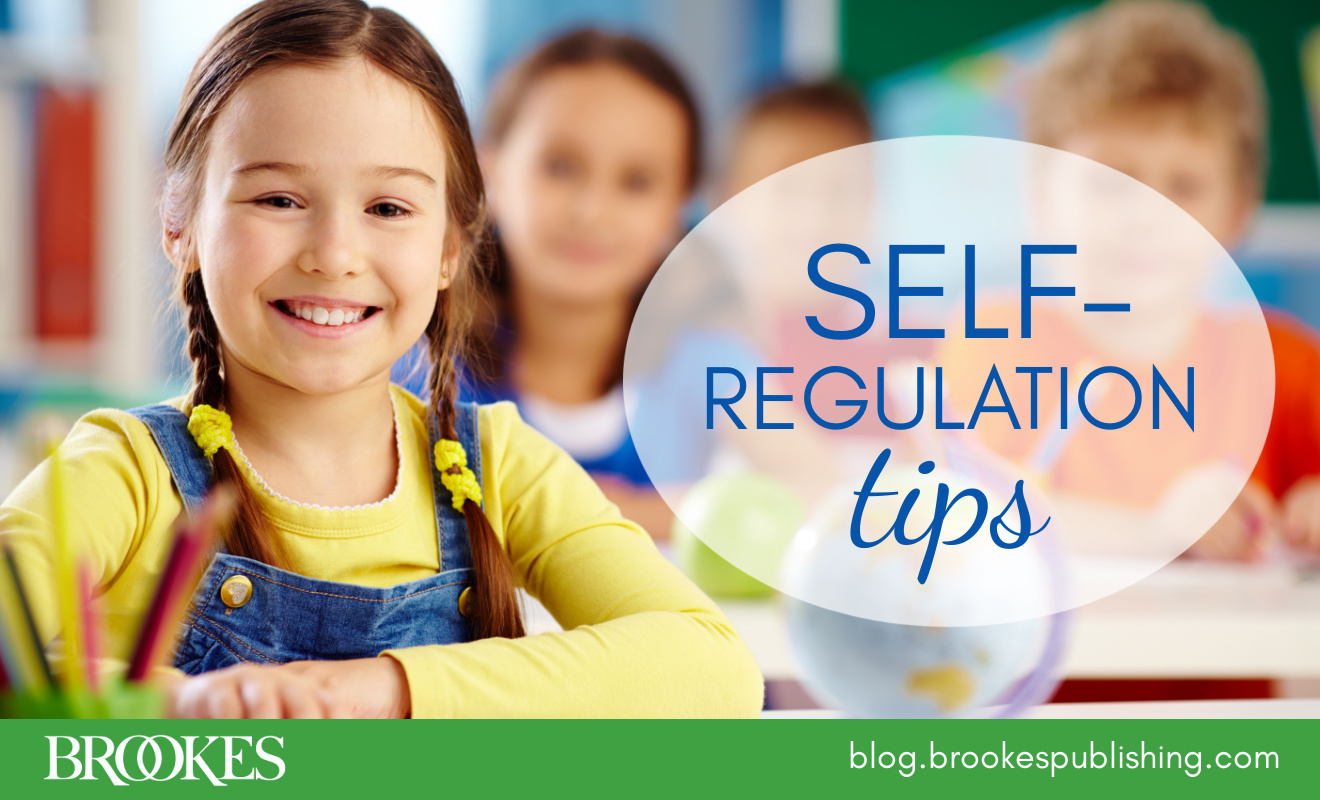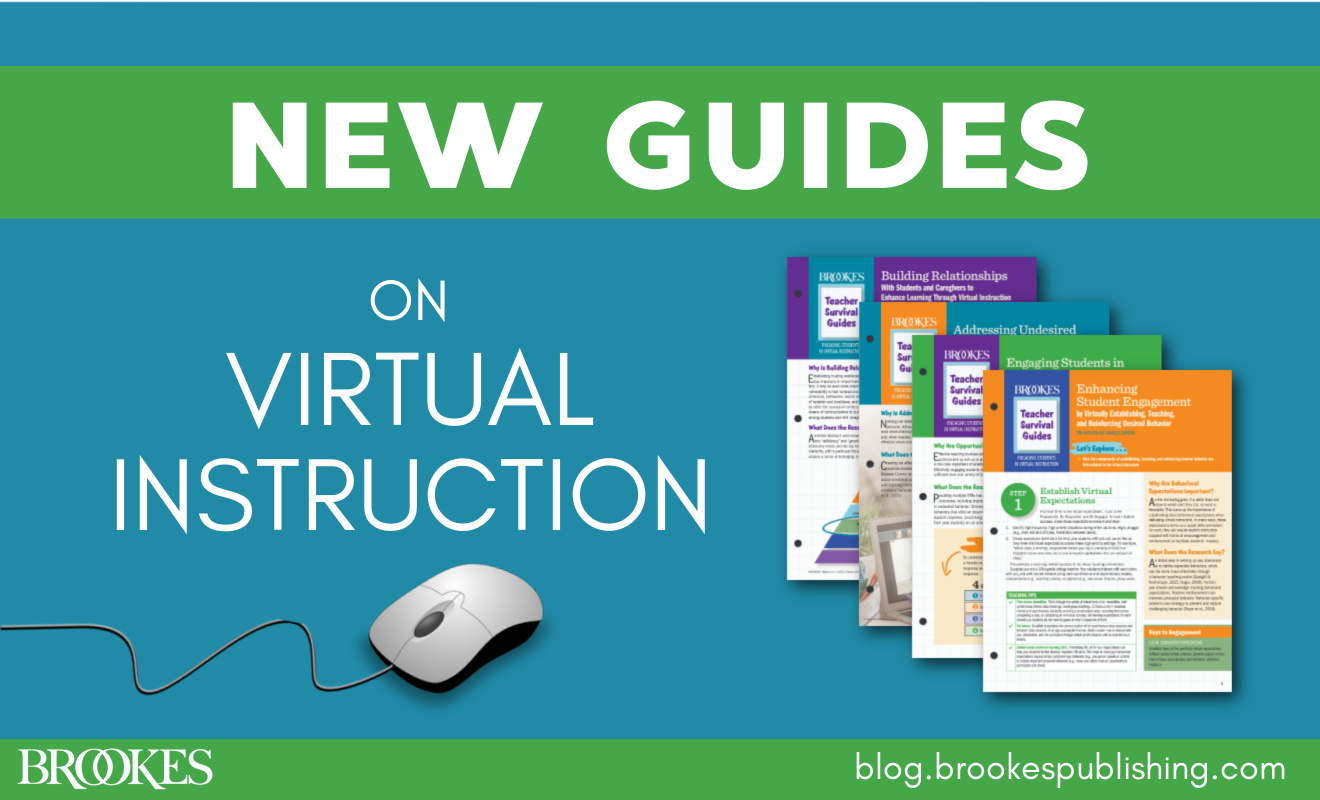8 Questions that Support Student Participation and Motivation
December 8, 2022
 When a student is inattentive, dysregulated, and regularly engaged in off-task behaviors, what can you do to support their success? The guiding questions and expert advice in today’s blog post can help. Adapted from the book Essential Skills for Struggling Learners by Erik von Hahn, Sheldon H. Horowitz, & Caroline Linse, this post will give you some effective tips on strengthening your students’ motivation and participation throughout the school day.
When a student is inattentive, dysregulated, and regularly engaged in off-task behaviors, what can you do to support their success? The guiding questions and expert advice in today’s blog post can help. Adapted from the book Essential Skills for Struggling Learners by Erik von Hahn, Sheldon H. Horowitz, & Caroline Linse, this post will give you some effective tips on strengthening your students’ motivation and participation throughout the school day.
What do the student’s current behaviors suggest about their motivation?
Students are always motivated by something, and it’s often something that makes them feel personally successful. Find out what your student’s current motivations and goals are, and have a conversation with them about different motivations and the goals and behaviors that fulfill those motivations. (If the student is not highly verbal, you may have to make your own determinations about what is motivating to the student.
What does the student know about their own behaviors and underlying motivations?
Motivational systems are based on behaviors that are designed to approach incentives and avoid threats. Discuss with your student how approach behaviors are distinct from avoidance behaviors, and then ask the student to reflect on their behaviors and how they would categorize them. What is the student showing approach behaviors toward? Which behaviors are avoidance behaviors? What is the student trying to avoid? Are the student’s motivations being met? Is the student showing the right behavior for the right motivation, just not at the right time? What are the student’s behaviors working toward: physical safety and security, social group membership, self-efficacy, altruism?
See if you can encourage more on-task behavior by highlighting the student’s desire for personal efficacy or altruism. If this isn’t possible, consider whether the student is working on fulfilling more basic motivations, such as safety. Physiological processes, safety and security, and social group membership all have to be in place first, at least most of the time, for students to become motivated to learn.
What emotions may be interfering with participation?
Emotions have to be just right for classroom participation and for learning. When a student is not concerned enough about an upcoming exam, for example, they might not study enough and end up performing poorly. At the same time, excess anxiety about an exam can interfere with the quality and duration of studying, resulting in difficulty remembering important details or an inability to focus.
Consider the emotions that may be getting in the way of a student’s participation, and ask yourself if these feelings are caused by any factors that you can address during your school day. Use the student’s nonverbal communication behaviors, activity level, and capacity for on-task behaviors as a way to judge emotional status. You can also collect information by discussing emotions with students and asking questions. For example, you might say, “I noticed that you were totally quiet when I asked you to answer a question,” and follow up with “I was wondering if you were really nervous about not giving the right answer,” or “If you can, tell me what you were feeling.” You might also ask direct questions like: “Do you feel generally positive and happy about your participation at school? Do you mostly feel negative? What emotions are you feeling? Are you feeling nervous or frustrated? Sad or scared?”
Students with more advanced language skills might be able to describe more complex emotions. Students with limited language skills may reveal information about their internal experiences through the use of puppets or through their play behaviors. However your student is able to communicate their emotions, think about when they experience positive emotions related to learning, and how you can create more of those experiences for them.
How can I optimize this student’s level of arousal?
Arousal is a broad concept that encompasses several phenomena. It refers to changes in alertness related to sleep and wakefulness and to the level of activity in physiological functions such as heart rate, respiratory rate, digestive activities, and the motor system. It also refers to the alertness and attention given to cognitive processes.
When a student’s arousal levels are not optimal for learning, regulation of their level of arousal will depend heavily on environmental supports and adult interventions. Hunger, fatigue, feeling unwell, and overexcitement all require environmental supports such as food, a place to lie down, medications, or a quiet space that is free from distraction. To help facilitate optimal arousal, you can:
- Develop a predictable schedule and routines. Structure and predictability in the environment will help students manage their level of arousal.
- Help students develop skills and vocabulary in areas related to physiological needs, such as sleep or rest, hunger, bathroom habits, and personal hygiene.
- Provide access to instruction in managing medical conditions that might affect their level of arousal. (Specialized teachers, such as a health care teacher or the school nurse, are sometimes best qualified to have this conversation.)
- Teach students about the strategies adults use to optimize arousal. For example, daily schedules normally impose times for sleeping, eating, physical activity, fun activities, and demanding or boring activities. Students should learn how a schedule works and understand how a schedule helps optimize arousal.
- Consider whether the student needs special attention concerning the level of stimulation and the intensity of sensory inputs. Some students may need a reduction in noise levels or visual stimulation, while other students may need to increase their level of arousal with exposure to exciting or interesting noises (e.g., music), visual stimuli, or motor activities.
How can I piggyback on students’ motivations?
Starting with activities that are motivating to the student, see if you can piggyback the student’s motivation for one activity (e.g., a recreational interest, social interests) to the activities and demands of the classroom. If social activities are motivating to the student, consider using peer-mediated instruction. If screen-based activities provide your student with a sense of efficacy or success, the student could write an essay or complete a project about screen-based toys. Or you could use analogies related to screen-based activities or games when you’re teaching concepts in basic academic subjects such as reading, writing, and math.
Does the lesson plan need to be adjusted?
Successful learning requires the just right level of challenge. Your lesson plan should cover enough material to keep the student engaged, but the scope of the lesson plan should not be so large that it becomes overwhelming. The lesson plan should be well organized and taught in a logical sequence to foster understanding. The pace of the lesson plan should be adjusted to allow the student to feel mastery by using appropriately sized steps.
Are more supports and resources required?
When learning breakdowns occur, consider providing additional environmental resources, such as material supports or attentive adults who can provide more mentoring or assist with problem solving. (This can enhance goal persistence.) Give your students coaching support by using clarifying examples, offering explanations in more than one manner, and/or using real-life experiences to illustrate the learning objectives. At times, you may need to break a complex task down into smaller components or steps to encourage the student’s participation.
What is the student’s narrative about their participation at school?
Keep in mind that some students avoid learning because they have forgotten what it means to feel successful. Students like these may need a lot more time to rediscover what it means to be a successful learner and a full member of the learning community. Ask yourself how you can help your student develop a personal narrative that includes a sense of efficacy, social inclusion, and altruism. The student may have the skills needed to participate successfully but may need your help to think about school differently. Or the student may need to build up some missing skills (academic skills, classroom participation skills) before they can feel motivated by classroom participation and academic learning. Provide specific, positive feedback along the way—this can help your student identify and celebrate their own successes, even when they are small.
Use these key questions to help support and strengthen student motivation and participation—and for more guidance on teaching struggling learners effectively, get the book that inspired today’s blog post!
Essential Skills for Struggling Learners
A Framework for Student Support Teams
By Erik von Hahn, M.D., Sheldon H. Horowitz, Ed.D., & Caroline Linse, Ed.D.
To provide the right supports for struggling students in grades pre-K to 12, your school team needs a thorough understanding of the skills that contribute to learning—and a systematic way to help students with a wide range of learning difficulties. This innovative guide presents 11 key domains of learning and gives your team a complete plan for pinpointing where students need help and expertly meeting those needs.




Write a Comment
Your email address will not be published. Required fields are marked *
Post a Comment